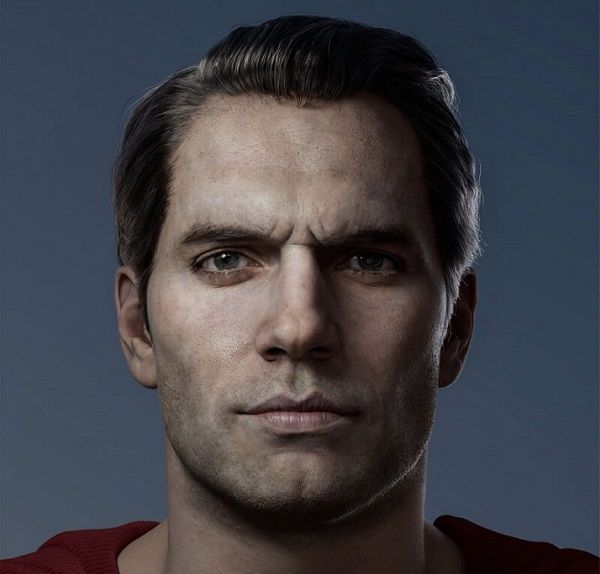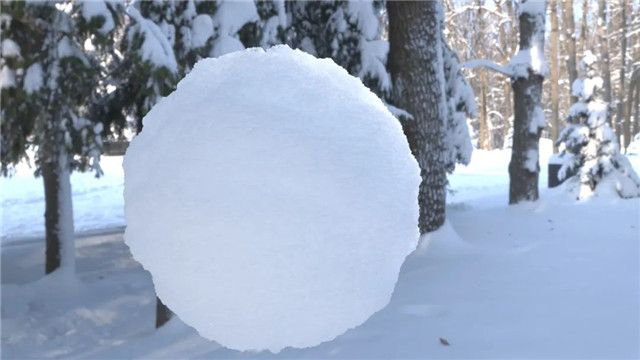Maya Tutorial丨Practical UV Techniques

In this article, we join forces with Fox Renderfarm, the top cloud rendering service provider and render farm in the industry, to bring you an in-depth exploration of Maya's powerful UV unwrapping and UV layout planning features. Prepare to unlock new realms of efficiency as we unveil techniques that will streamline your 3D modeling workflow, empowering you to harness the full potential of UV mapping in your creative endeavors.
1. UV Editor
The UV Editor can be used to view UV maps of polygons, NURBS, and subdivision surfaces in a 2D view, allowing for interactive editing. You can open it from the Modeling menu window > UV > UV Editor.


In the UV Editor, you can access all the major UV functions through the editor's menu, toolbar, or UV toolkit. This time, it's not just about introducing UV editor commands but also sharing some more commonly used practical commands and methods based on experience.
2. UV Toolbar
Including the UV Editor and viewport.

Shell borders
In the toolbar, the command on the left is 'Texture borders,' which we often use to check if the borders are aligned properly on the model. 'Shell borders' is similar but emphasizes the display with colors. Sometimes, using just 'Texture borders' can be challenging to quickly visualize the correct positions, especially when UVs are densely packed within a tile.

Display Images
After enabling 'Display Images,' if you want to view the different textures assigned to this material, you can click on the adjacent dropdown arrow. A dropdown menu will appear where you can switch between whether you want to see the normal map displayed on the UVs or the base color map (as shown in the figure). Any other added textures can also be displayed.


UV Toolkit
By default, the UV Toolkit is displayed on the right side of the UV Editor.
Drag
In the UV Toolkit, when you switch to the 'UV Shell' display mode, the default selection method is 'Pick/Marquee,' which allows you to select by clicking or dragging a marquee selection box. When you switch to 'Drag,' you can select by holding down the left mouse button and dragging the mouse cursor.

Topology
In the UV Toolkit, clicking on 'Topology' from the 'Symmetry' dropdown menu allows you to select one side of the UV while simultaneously selecting the other side. This feature is very useful when organizing or correcting UVs for biological models. This functionality is synchronized with the Symmetry feature in the Modeling Toolkit.

(The two blue symmetrical lines are shown in the following image)

Selection Constraint
The options in the dropdown menu include:
Back-facing/Front-facing, Geometry Borders, Texture Borders, UV Edge Loop, UV Edge Ring, and UV Shell. These limited selections will be very helpful when unwrapping and organizing UVs, eliminating the need to manually select each edge or ring.

When the 'Shaded' display mode is activated, red represents the back-facing, and blue represents the front-facing. When 'Back_Facing' is activated, only the red parts can be selected, and when 'Front_Facing' is activated, only the blue parts can be selected.

Geometry Borders (Only the edges of the model itself can be selected)

Texture Borders refer to the borders of the texture, which are all manually cut edges, i.e., edges used as UV seams.

UV Edge Loop is a continuous loop edge.

UV Edge Ring is a ring-shaped loop edge.

UV shell refers to each individual UV split.

Select By Type
Back-facing, Front-Facing, Overlapping, Non-Overlapping, Texture Borders, Unmapped. Among these, the ones commonly used are Overlapping, Back-Facing, and Unmapped. These are typically used to check for overlapping UVs, backfaces, and models that were forgotten to be unwrapped.

Transform
When you want to move UVs from one quadrant to another, you typically set the Move value to 1. Alternatively, you can set it to 0.1 (a decimal value) to move by one small grid. You can click on the arrows (up, down, left, right) to move, or hold the Alt key while pressing the arrow keys on the keyboard. Once you've planned how to categorize materials for each quadrant or row of quadrants, you can use this command to move them to the respective categories in other quadrants.

Texel Density
This tool is very useful and practical. When you want to ensure that every UV split has the same texture display size, you can select a primary UV, click "Get" to obtain the current texel density (a numerical value), and then single-select or multi-select other UVs and click "Set". This will apply the texel density value to the other UV shells. As a result, all UV shells will have a consistent texture grid size display. The texel density value is determined based on the "Map Size" below, such as preset values like 512, 1024, 2048, and so on.

Tile Labels
Activating "Tile Labels" will display the specific numbers of each tile, making it convenient to manage UDIMs.

Straighten UVs
Under the "Unfold" command menu, it's advisable to use "Straighten UVs" for some tubular models. This straightens the UVs, making it easier to add textures during the texture painting stage. If the UVs have curvature, adding straight textures can be cumbersome.

Distribute
When dealing with models with completely repeated arrangements, under "Arrange and Layout," you can use "Distribute." Click on the symbols for up, down, left, or right, and set a value (based on the UV grid distance) to quickly and neatly arrange the selected model's UVs.

Stack Shells
Sometimes you only need to apply one texture to repeated models. You can achieve this by using "Stack Shells," which overlap all identical UV shells together.

UDIM
When using UDIMs, if you have the same model, such as identical pieces of wood (or left and right hands), you can arrange them as shown in the image below. This ensures that the UVs in both quadrants are in the same position and size. This way, when painting textures in Mari, you can directly copy and paste.

Above is the sharing of some practical and useful UV techniques. If you want to speed up rendering, why not use Fox Renderfarm's cloud rendering service for acceleration? Currently, Fox Renderfarm also offers a $25 free trial coupon.
Source: Thepoly
Recommended reading
Top 9 Best And Free Blender Render Farms of 2025
2024-12-30
Revealing the Techniques Behind the Production of Jibaro "Love, Death & Robots", Which Took Two Years to Draw the Storyboard
2025-02-10
Top 10 Free And Best Cloud Rendering Services in 2025
2025-03-03
Top 5 Best and Free 3d Rendering Software 2025
2025-02-10
Top 8 After Effects Render Farm Recommended of 2025
2025-02-10
Shocked! The Secret Behind Using 3D to Make 2D Animation was Revealed!
2025-02-10
Easy Cel Shading Tutorial for Cartoon in Blender Within 2 Minutes
2025-02-10
How to Render High-quality Images in Blender
2024-12-04
Partners
Previous: Hard Surface Rules and Techniques
Next: Arnold Tutorial | Spider-Man: Into the Spider-Verse Cartoon Material Highlight Section
Interested





